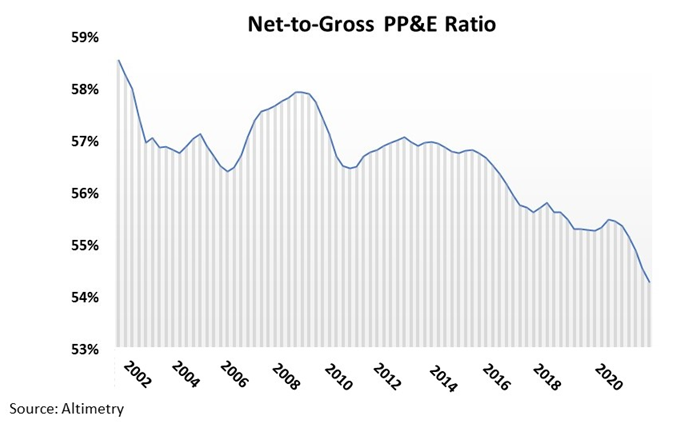Ensuring the recovery won’t be stopped dead in its tracks

Corporate America is struggling to keep up with the rate of the world’s recovery
Over the past few weeks, supply chain bottlenecks and raw material shortages for commodities like lumber have investors concerned about future growth.
This may have a direct impact on economic growth and the Fed’s market forecasts, and not in the way you think.
Investor Essentials Daily:
The Monday Macro Report
Powered by Valens Research
Here are just two examples of how the U.S. economy is seeing bumps in the road to recovery.
House sales came in below expectations in April. That may set off alarm bells, but it wasn’t because of a lack of demand. It was due to material shortages leading to an inability to service the home buying surge.
This same problem is also plaguing the automotive industry, which is in dire need of semiconductors to sell modern cars. Used car prices are surging, while sales for new vehicles were disappointing, only because manufacturers can’t secure enough chips to get vehicles out the door fast enough. Car lots are empty.
This may mean current economic forecasts will need to be revised down for the latter half of 2021, as growth comes in slower than expected. Inflation, supply chain kinks, and uneven reopening across the globe all spell potentially slower growth than expected.
However, there is a silver lining for investors to this glum news. With underlying demand still strong, once these issues are fully resolved next year, growth could end up not just being a short surge, but a long-burning period of rising spending and growth.
Economic growth throughout the U.S. was an impressive 6.4% in the first quarter, and the second quarter is shaping up to be even stronger despite these building headwinds.
But the third and fourth quarters may grow sluggishly as manufacturers can’t fill orders fast enough and stimulus benefits run out. Despite this, investors shouldn’t panic, as this will just serve to draw growth out, rather than stop it dead in its tracks.
To see why we are having this bumpy period, we have to study our history. Over the past twenty years, corporate America has gotten older.
Not by how old the companies or the CEOs are, but the machinery, buildings, and technology companies use to manufacture their products. This can be grouped together as the property, plant, and equipment (PP&E) costs for a business.
To measure how old America’s PP&E is, we can use how much these assets have depreciated as a “dipstick” into when it needs to be replaced. The gross PP&E is the original cost of the machinery and buildings when it was new. Meanwhile, the net PP&E is what those assets are worth today.
Since 2001, the net to gross PP&E ratio has consistently been trending down, meaning assets are growing older and more depreciated. Management teams, thanks to a reticence to spend after the Great Recession, have let Net to Gross PP&E reach twenty-year lows of 54.5%
Part of the reason why supply chains are so muddled today is because assets are at their all-time oldest. While companies have “spare capacity” on their books, they don’t really have available capacity. All their assets that aren’t already working need a lot of investment to get up to snuff to ramp up.
It’s part of the reason why capacity utilization has been trending down the past few decades even when there’s strong economic growth. A lot of that “spare” capacity isn’t real.
With no spare capacity, to meet current market demand companies need to start ramping up their capital expenditures (capex), which management has been loath to do.
This will take a few quarters. But with strong demand, companies, just like the chip companies that have been talking a lot about expanding capacity, are going to start to spend.
Until they do, growth may be subdued, but the powerful thing is, their spending alone will help power economic growth, and amplify the virtuous cycle of a recovery. As companies spend on capex, their suppliers will need to ramp capacity to support them, and their suppliers will need to ramp capacity to support that growth also. And that means higher, longer economic growth.
So consumers may have delays, but the economy will keep chugging in the right direction, just slower at first before heating up even faster than people may recognize now.
Best regards,
Joel Litman & Rob Spivey
Chief Investment Strategist &
Director of Research
at Valens Research





